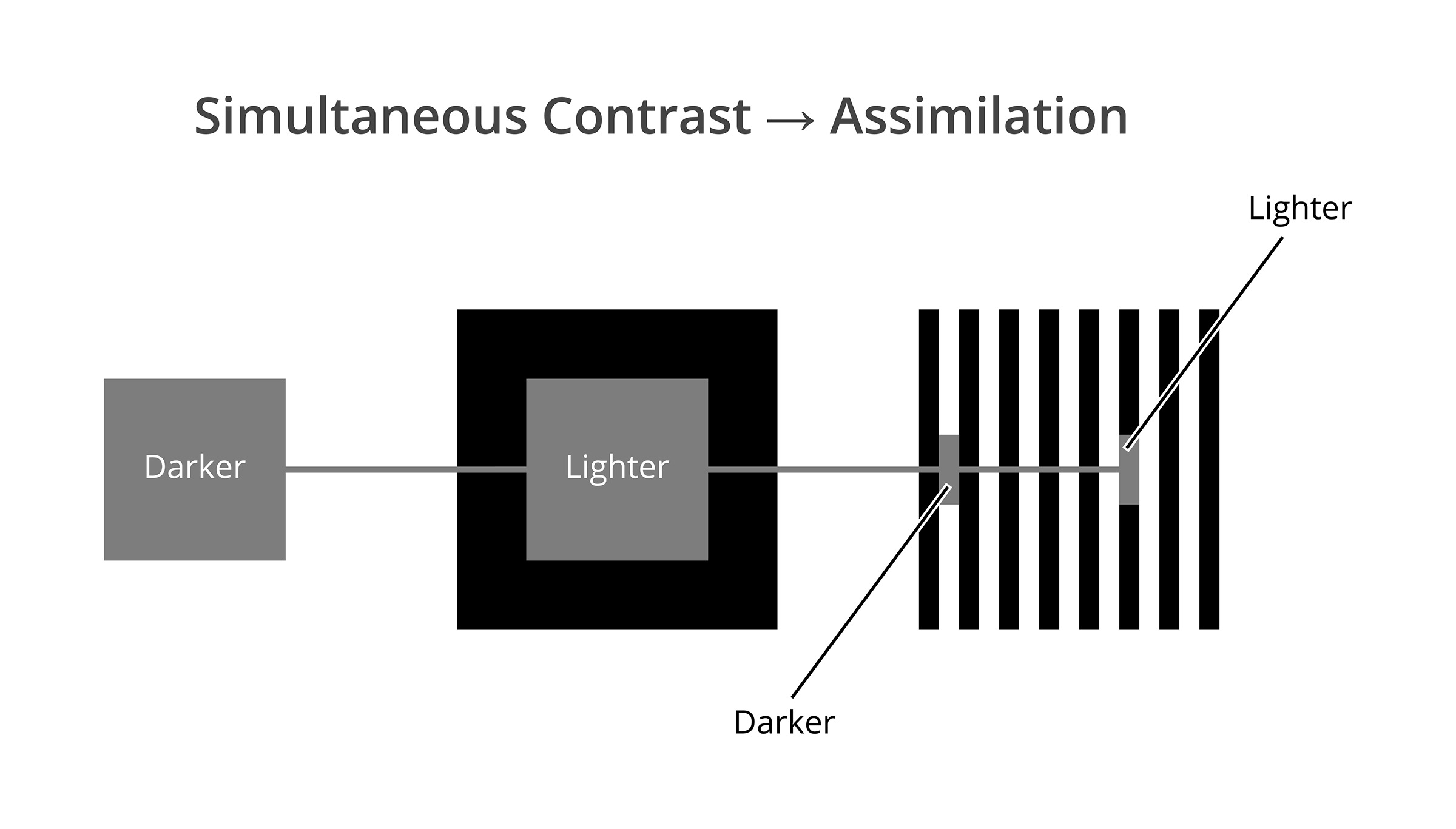The Mystery Behind This Baffling Optical Illusion Has Been Solved By Scientists
Optical illusions are tricky little things. Often they can leave us scratching our heads, trying to figure out how the illusion is tricking our eyes and our brain. One type of illusion, known as a "simultaneous contrast illusion," may finally have an explanation, though, according to a new study.
See that image at the top of the article? While it might seem like the gray rectangle in the middle is composed of two different colors at first glance, it's actually just one color, though it appears to be two different colors because of the gradient background it has been placed on.
So how do these optical illusions create so much confusion in our brains? Well, according to new research published in the journal PLOS Computational Biology, the explanation behind this illusion's trickiness comes down to a limitation in our eyes. Previously, researchers believed it was an issue with our brain's processing power. However, that doesn't seem to be the case, according to these new findings.
"This throws into the air a lot of long-held assumptions about how visual illusions work," Dr. Jolyon Troscianko, one author on the study, told Science Focus. Dr. Troscianko says there is a limit to just how quickly the neurons in our eyes can fire, and that previous research into these illusions has failed to consider how those limitations might impact how we perceive the illusions themselves.

It's a really intriguing discovery and one that is, as the doctor explained, turning our beliefs on their heads. We have seen science disprove human hypotheses before. Every step advances our knowledge of how bodies function. By understanding how we perceive optical illusions, scientists can really dig into them and break their effect on our brains down better.
Researchers used a computer model to mimic the limitations of our eyes and thus replicate how we see these optical illusions. When the model was exposed to these particular illusions, it was overwhelmed by the high volume of high contrasts, which resulted in the model perceiving the illusion the same way that humans do.
This model, the researchers say, shows just how different neurons in our bodies have evolved and how they have become more finely tuned for specific functions, like seeing subtle variations across a range of different colors. In the future, researchers hope to use this data to explore how colors are perceived in animals with different neuron bandwidths compared to humans. Optical illusions have always made the rounds on the internet, too, including one that looked like a cat with a hole in it back in 2018.
